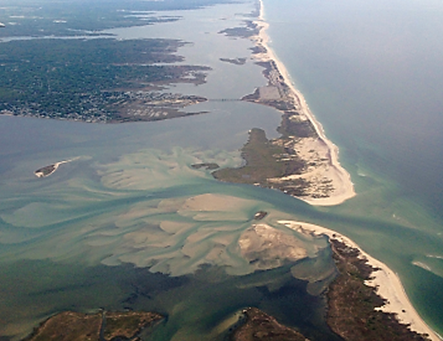Long islands are the result of coastal erosion which is done by the waves.
Long islands are the result of coastal erosion which is done by the waves.
Wave movement is the primary source of erosion and accretion on both the Northern and Southern Coast of Long Island. Waves are accountable for the flow of sand along the coastal; beach sediment is continually being reorganized, culminating in adjustments in the form of the shoreline as well as the beach profile. Most of the time, the waves hitting Long Island shores are soft. But coastal hurricanes including or'easters bring massive, steep waves to the shores. Variations in the frequency of the wave attack result in the flow of sediment perpendicular to the coastline or cross-shore movement.
Sand is carried and partially deposited offshore in massive sand bars that travel back to the dry beach until smaller waves arrive and the beach increases in breadth and height As a result, loss of sand is seldom lost in shallow waters; the breadth of the beach shrinks and expands with respect to the seasonas. It is very natural that the beach varies almost 15 metres in height and up to 54 meters in breadth over the duration of one year.
As waves encounter the coastline at a certain angle, currents are produced which shift the sands in the same path (Fig1). This process is called the "long-shore movement of sediments" which brings sand and beach into surf zone as well as travels parallel to it. The sand is extracted and carried to the beach and then accumulated. With shifts in wave patterns, beach sand might well be moved from one position to other on the coast, offshore or even within from the shore. If more sand is moving away from a stretch of the beach for whatever reason than it's moved into by longshore shipping, the beach can erode. On the south edge of Long Island, as waves are moving up from the south-east sand, they shift from eastward to wave.

fig 1: Aerial overview of the break triggered by the Superstorm Sandy at the Old Inlet, Fire Island National Seashore
Step by step
Solved in 3 steps with 1 images
